In my opinion, the highlight of the play was undoubtedly the staging. A huge frame of a building (a raised deck, a slope and then a corridor) encompassed the stage, yet its thin wooden skeleton meant that all crooks and crannies could be viewed simultaneously, giving it the versatility needed to be many different locations. Despite its simplicity, towering ladders became turrets and floating frames became windows. The audience was guided through different stages of Jane’s life by objects suspended from the ceiling (which gave the illusion they were floating). These objects became children’s dresses, symbolic of her schooling, then empty canvases portraying her teaching and painting days in the Rochester household, and finally dimly glowing lights, which gave the impression of stars in a night sky or perhaps symbolised the hope of a new relationship with Mr Rochester. The use of fire on set was captivating and highly realistic, adding suspense to the piece and casting fear amongst the audience.
I commend the cast for multi-rolling; their seamlessly transitions into other characters were readily absorbed by myself and hardly noticed if it were not for recognising their faces. In particular, the cast made effective use of the stage, making Jane appear smaller and more vulnerable as a child by placing her further away from other characters, employing perspective to add to her youthful appearance.
Unfortunately, I would not be compelled to read the novel due to feeling that all of the characters lacked a genuine quality which made it hard for myself as a member of the audience to connect with them. All the anger and sorrow shown in the play was exaggerated in a way that would not be natural in everyday life, and I found that the character of Jane was portrayed to too easily shout in a righteous way whenever she may have been wronged; this adheres with the 19th century view of women and it would have been progressive to see Jane as a character who was calmer and acted in a more rational manner. Although I must confess, I have never read the novel, nor seen another adaptation of the story therefore this may be the usual way in which Jane is presented.
To conclude this review, I pose a question which has taken the media by storm over recent years- should art be separated from the artist? In this performance of Jane Eyre, Bertha Mason (Mr Rochester’s ‘mad’ wife who had been held captive hidden in his house for an unintelligible amount of time) was presented as ‘insane’ by communicating only through the form of song. While this idea itself is an interesting technique, it was the song used that was brought to my attention by my fellow reviewer. The song in question was ‘Crazy’, which at its release remained top of the charts for nine weeks, by popular noughties duo Gnarls Barkley; which consisted of artists Danger Mouse and Cee Lo Green. Cee Lo Green came under fire in 2014 for tweeting ‘People who have really been raped REMEMBER!!!’ and faced charges of supplying a woman with ecstasy who then woke up naked in his bed with no memory of getting there. Whilst Green was not charged with sexual assault due to lack of evidence, he was charged with 3 years of probation and 45 days of community service. ‘Crazy’ was undeniably a popular song due to the length in which it remained in the charts, but should we continue to use it today? What do you think?

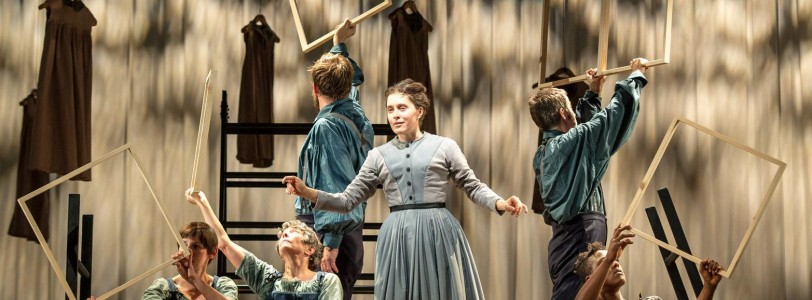
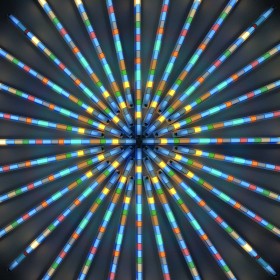
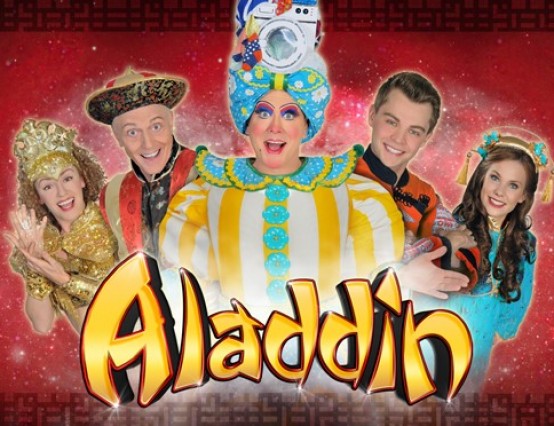
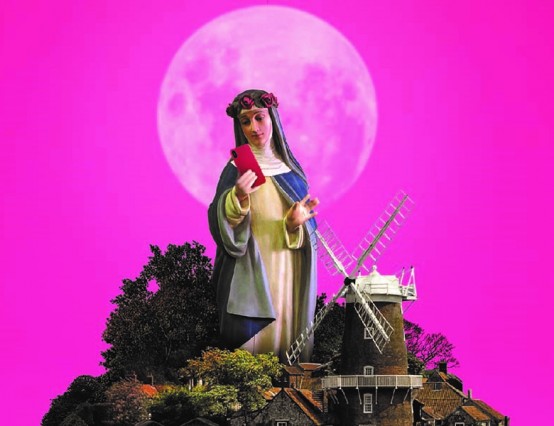
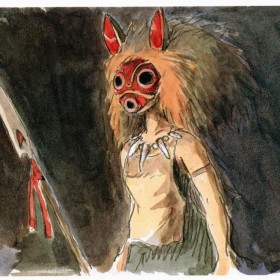




I was blown away by the set and music of this performance but I agree with your views on the characters. I thought occasionally they seemed a little flat but apparently Jane is intentionally a bit dull. Well written review :)